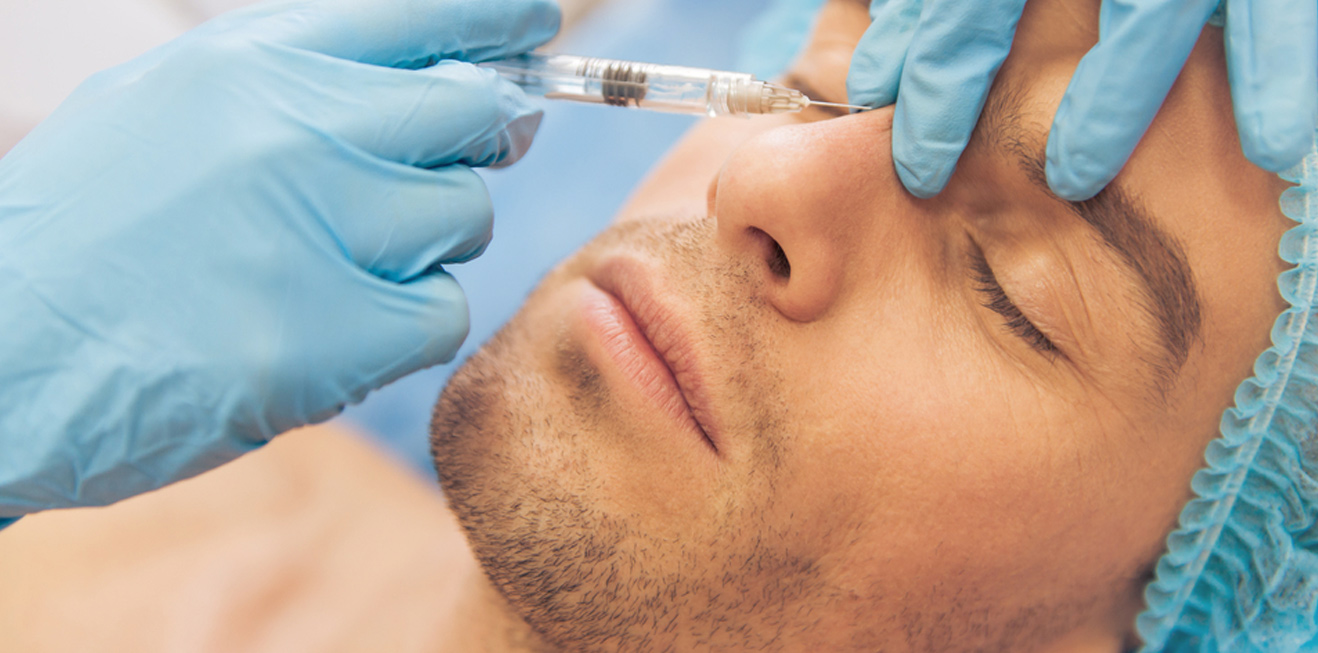Welcome to Sai Fertility Centre and Hospital, a leading healthcare institution dedicated to delivering exemplary plastic surgery services. Recognized as the Best Plastic Surgery Center in Chengalpattu, our commitment to enhancing natural beauty and restoring confidence is underscored by our esteemed team of plastic surgeons, acknowledged as the Best Plastic Surgeons in Chengalpattu.
At Sai Fertility Centre and Hospital, we understand the transformative power of plastic surgery. Our team of skilled plastic surgeons is dedicated to providing personalised and cutting-edge care, making us the preferred destination for plastic surgery services in Chengalpattu. From cosmetic enhancements to reconstructive procedures, we bring forth unmatched expertise to ensure optimal aesthetic and functional outcomes.

Cosmetic Surgery Procedures: Enhance your natural beauty with a range of cosmetic procedures, including:

Restore form and function with our expert reconstructive procedures, covering:
In addition to our cosmetic surgery services, Sai Fertility Centre and Hospital is also recognized for its excellence in reconstructive surgery, featuring the Best Reconstructive Surgeons in Chengalpattu. Our reconstructive surgery services include:
Embark on your journey to aesthetic transformation with Sai Fertility Centre and Hospital, recognized as the Best Plastic Surgery Center in Chengalpattu. Contact the Best Plastic Surgeon in Chengalpattu today by calling +91 9100096000. Trust us to be your partners in achieving your aesthetic goals, ensuring a seamless and successful experience that celebrates your unique beauty. Your satisfaction and confidence are our top priorities, and we are here to guide you every step of the way.
Find answers to commonly asked questions
Make an appointment Make an appointmentOur hospital offers a variety of plastic surgery procedures to enhance appearance, correct deformities, and improve function. These may include facelift, rhinoplasty, breast augmentation or reduction, liposuction, tummy tuck, eyelid surgery, and more.
To determine if you're a candidate for plastic surgery, you'll need to schedule a consultation with one of our plastic surgeons. During the consultation, the surgeon will evaluate your medical history, discuss your aesthetic goals, and perform a physical examination to determine the most appropriate treatment plan for you.
The recovery period after plastic surgery varies depending on the type of procedure performed and individual factors. In general, you can expect some swelling, bruising, and discomfort during the initial days or weeks following surgery. Your plastic surgeon will provide detailed post-operative instructions and monitor your progress during follow-up appointments.
Coverage for plastic surgery procedures may vary depending on your insurance provider and plan. Generally, cosmetic procedures performed solely for aesthetic purposes are not covered by insurance. However, reconstructive procedures that address functional impairments or correct deformities resulting from congenital abnormalities, accidents, or medical conditions may be partially or fully covered. Our financial counselors can assist you in understanding your insurance coverage and exploring payment options.
To schedule a consultation for plastic surgery at Sai Fertility Centre and Hospital, you can call our reception desk at 91000 96000 during operating hours. Our staff will assist you in setting up an appointment with one of our experienced plastic surgeons at a convenient time.
If you have general inquiries about plastic surgery or need more information, you can contact Sai Fertility Centre and Hospital by phone during business hours at 91000 96000. Additionally, you can send us an email at care@saimultispeciality.com, and our staff will be happy to assist you.